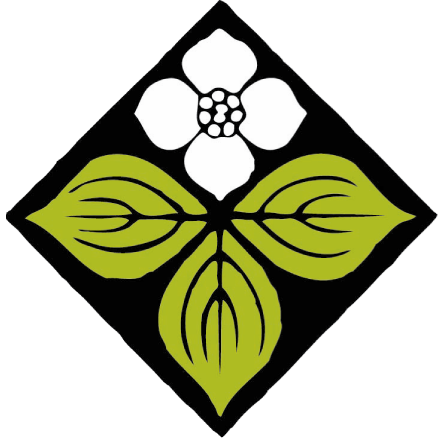
Alaska Botanical Garden consists of 110 acres of Boreal forest with eight acres of cultivated gardens and interconnected nature trails. The Garden houses over 1,100 varieties and over 150 distinct species of plants hardy to the region.
Garden History
Alaska Botanical Garden’s Master Plan was developed through the hard work and dedication of numerous people including many of Anchorage’s leading gardeners who contributed their ideas and energy through various ABG boards and committees over decades.
In 2002, following a series of community meetings, surveys, and work sessions, the original master plan developed by Jeff Dillon was revised and updated by Carol R. Johnson and Associates (CRJ).
The plan honors the ideas and resolve of the Garden’s founders who aimed to create a world class public garden to promote the value of plants to society.
Planning for the Alaska Botanical Garden began in 1983 as members of the Alaska Horticultural Association considered the creation of an arboretum, and the idea grew. The organization was incorporated as an Alaskan non-profit in 1986, and began the process of developing a Master Plan to guide the creation of gardens and infrastructure elements. In 1990, ABG signed a land use agreement with the Municipality of Anchorage, followed by another long-term lease with the Municipality for additional adjacent acreage in 2003. The first gardens were planted and the Grand Opening took place on July 25, 1993.
Today, the Alaska Botanical Garden occupies about 110 acres between the Far North Bicentennial Park and Benny Benson School. Much of the land will remain in a natural state, with individual “gardens-within-the-Garden” interconnected by trails through the Boreal Forest. The Garden now has two hardy perennial gardens (Lile’s Garden and Perennial Garden), an Herb Garden, Anchorage Heritage Garden, Trailside Gardens, a Rock Garden, Rockery featuring sub-alpine , an entry shade garden, Wildflower Trail, Outdoor Classroom, Research & Development site, Forest Health Trail and Lowenfels-Hoersting Family Nature Trail.
Once used by the Athabaskan people, the ABG land has been under federal, state, and eventually municipal administration. During the 1940s and 1950s, the area was used for training by the US Army. The trails in the area were a part of the “Bull Dog Trail” network that extended from Ft. Richardson to the Army Air Corps’ Campbell Airstrip in what is now Far North Bicentennial Park.

